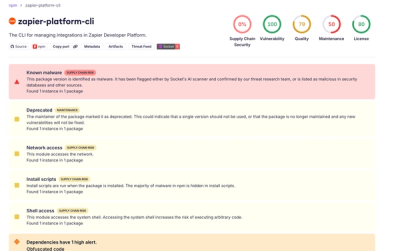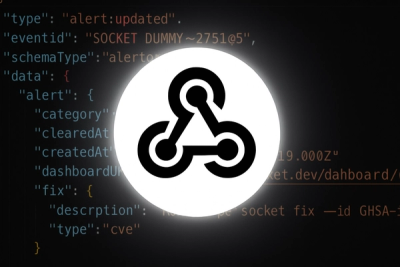IY Component Library Starter
Create your own component library with Vue CLI 3 and VuePress.
This starter project includes a documentation app powered by VuePress. It not only documents the usage of the component, but also provides a testing bed during the development of components.
Dev dependency "@vue/babel-preset-app": "^4.1.1" is introduced as Vue CLI v4 is using core-js v3.x while vuepress 1.2.0 is still using core-js v2.x.
Setup
npm install
npm run docs:dev
npm run build
npm run docs:build
How it works
Components
The library is a Vue plugin. Its install function in install.js imports all components from components folder, registers them to Vue and automatically call itself.
Mixins, Utils and Constants
Besides the install function, index.js may also exports mixins, utils and constants. The client may use them as below:
<script>
import { MyMixin, MyConstants, MyUtil } from '@ionrev/link-drawer-messages'
export default {
mixins: [MyMixin],
data () {
return {
magicNum: MyConstants.MAGIC_NUM
}
},
methods: {
add (a, b) {
return MyUtil.add(a, b)
}
}
}
</script>
Global styles
If your component library contains a set of styles used by all components, you may refer to asserts/main.css as an example. It defines a simple style (green color border) used by the two example components in the library.
To use the global style in client app, including the components defined by the client app, import it in your main.js:
import '@ionrev/link-drawer-messages/assets/main.css'
If you want to avoid conflicting with other global styles, consider pre-fix your classes in your style, or wrap them into a namespace class.
Third-party libraries
Third-party libraries you library depends on bloats the size of your library, if not handled well.
Externalize
One strategy is to make it external. As an example, the popular library moment is used by ComponentA. Since it is very likely the client of your library may also use this library, we configure CLI not to include it to the bundle by adding the following in vue.config.js.
module.exports = {
chainWebpack: config => {
config.externals({
moment: 'moment'
})
}
}
In your client app, you don't need to explicitly add dependency to moment in package.json as it is a dependency of @ionrev/link-drawer-messages. However, if you want to reduce the size of the bundle size of client app, add the following in the vue.config.js of client app (details), assuming it is also built with Vue CLI .
const webpack = require('webpack')
module.exports = {
plugins: [
new webpack.IgnorePlugin(/^\.\/locale$/, /moment$/),
],
}
Cherry picking
Another strategy is to embed cherry-picked functions with tree shaking. As an example, the fill function of popular library lodash is used by ComponentA.
To get the tree shaking working, import the fill function like the following. Note that import { fill } from 'lodash' or import _ from 'lodash' will not work and will embed the whole lodash library.
import fill from 'lodash/fill'
If your client app also use lodash and you don't want lodash to be in both the client app and the component libraries, even after cherry-picking, you may consider cherry picking in component library and re-export them as utils for client to consume, so that the client does not need to depend on lodash, therefore avoiding duplication.
Use your component library
You may publish your component library to NPM repository. If you prefer to use/test your component library locally in a client app, you may use npm link or install-local.
If your app is not using a bundler, the following is the example of how to use the library in vanilla HTML page. Note that it loads the global and component level CSS, as well as externalized third-party library Moment.
<!DOCTYPE html>
<html>
<head>
<title>Demo app</title>
<link rel="stylesheet" href="assets/main.css">
<link rel="stylesheet" href="dist/link-drawer-messages.css">
</head>
<body>
<div id="app">
<p>Component A: <component-a/></p>
<p>Component B: <component-b @click="onClick"/></p>
</div>
</body>
<script src="https://unpkg.com/vue"></script>
<script src="https://unpkg.com/moment"></script>
<script src="dist/link-drawer-messages.umd.js"></script>
<script>
console.log(window['link-drawer-messages'])
var app = new Vue({
el: '#app',
methods: {
onClick (message) {
alert(message)
}
}
})
</script>
</html>



